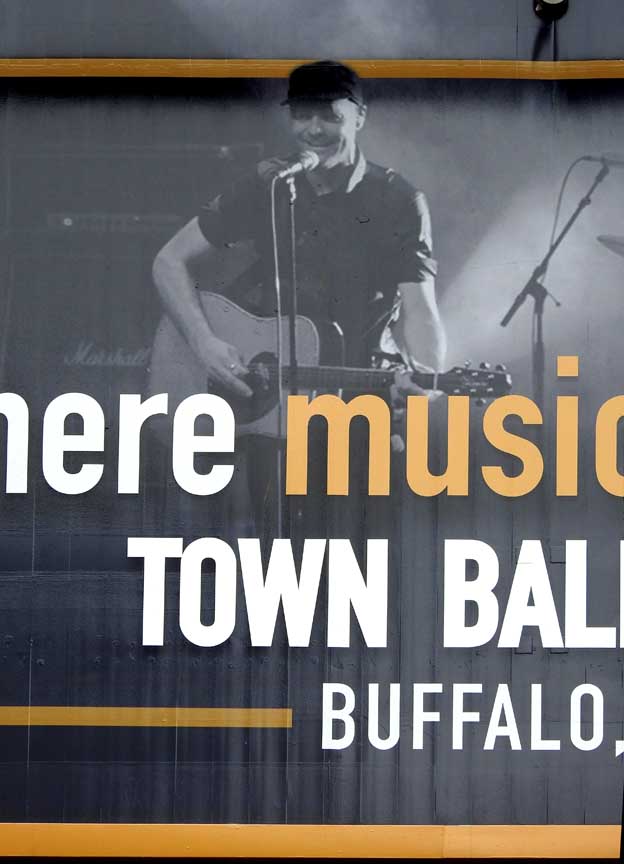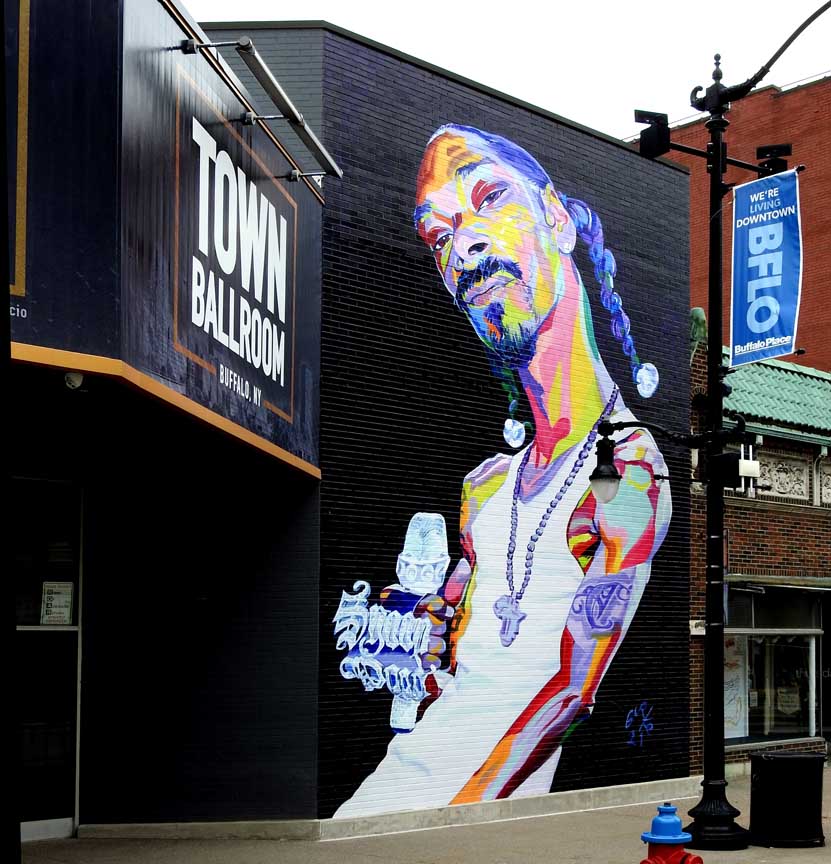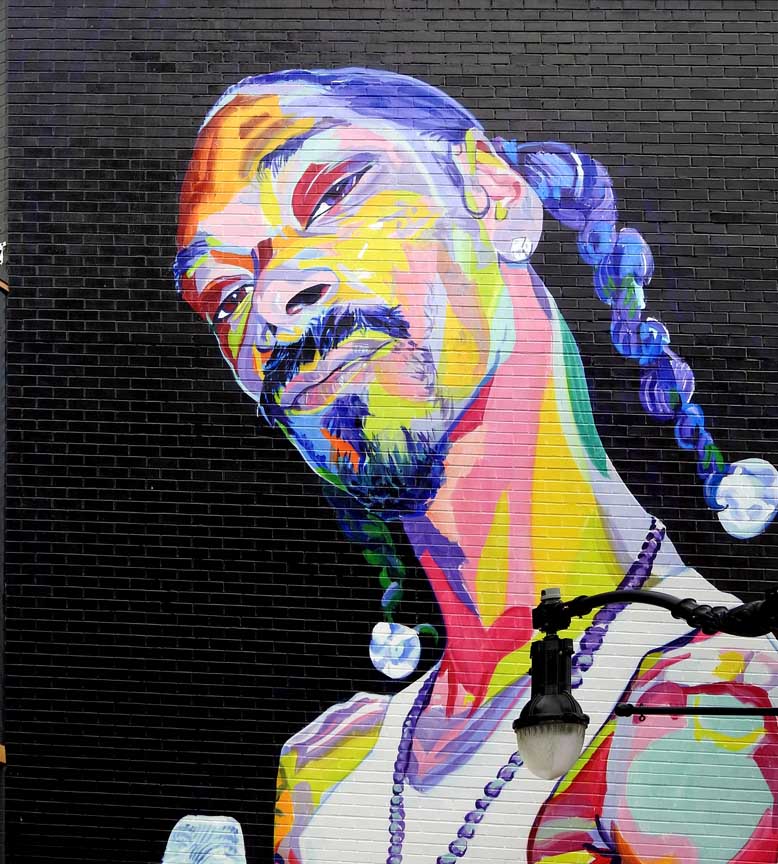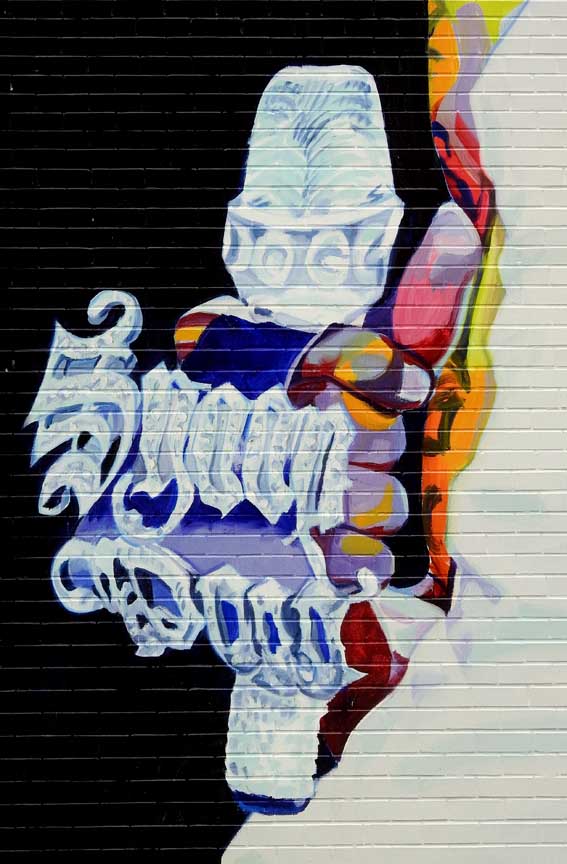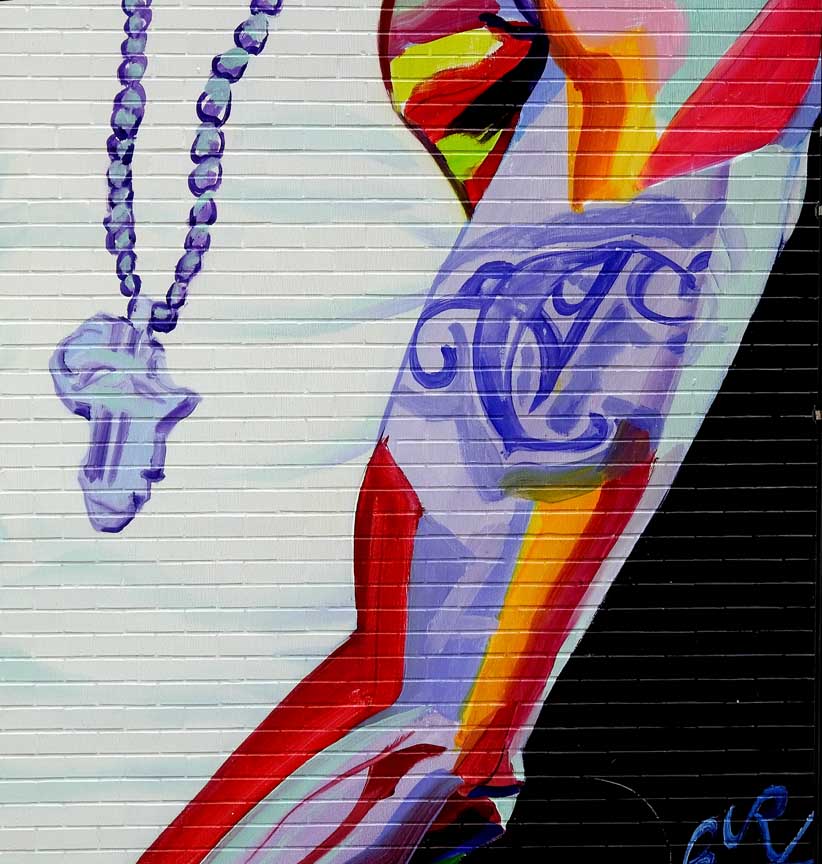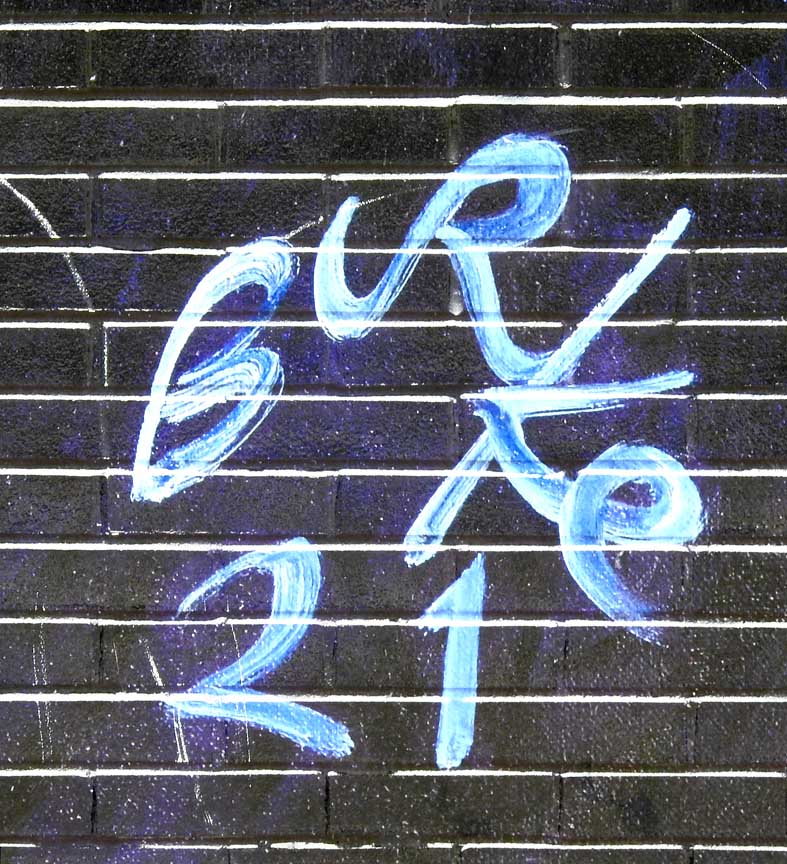Town
Casino - History




Town Casino
Photo courtesy of Steve
Cichon's Buffalo Stories
"Originally
called The Town Casino between the 1940s and 60s,
the venue looms large in Buffalo’s history. In the midst of
her heyday, the Main Streetclub was the Queen city’s finest
restaurant and night spot. She was home to shuffling showgirls
and tough guys playing cards in thebasement (Al Capone among
them). The room also hosted a myriad of musical legends such
as Frank Sinatra, Nat ¨King¨ Cole, Miles Davis,John Coltrane,
and Les Paul. Anyone who was anyone played the Town Casino.
"However, following these storied years the building changed
ownershipseveral times. First she was home base for the Studio
Arena, then became UB’s Pfeiffer Theater, and in the early
21st Century wasremodeled into Sphere Entertainment Complex.
"Finally, in 2005, noted Buffalo promoters Artie
Kwitchoff and Donny Kutzbach stepped in to restore the old
girl to her former glory.Their vision was to bring the venue
back to life as the Queen City’s premier concert venue. This
included further renovation of the space toensure the stage
was not only magnificent for performers, but was also the best
place for fans to see a show. The pièce de résistance
waschristening the club the Town Ballroom, which
called to mind the legendary grandeur of the Town Casino." - Town
Ballroom - Official Website: About Us
(online May 2019)
|
Patti
Smith and Tragically Hip and
Snoop
Dog murals
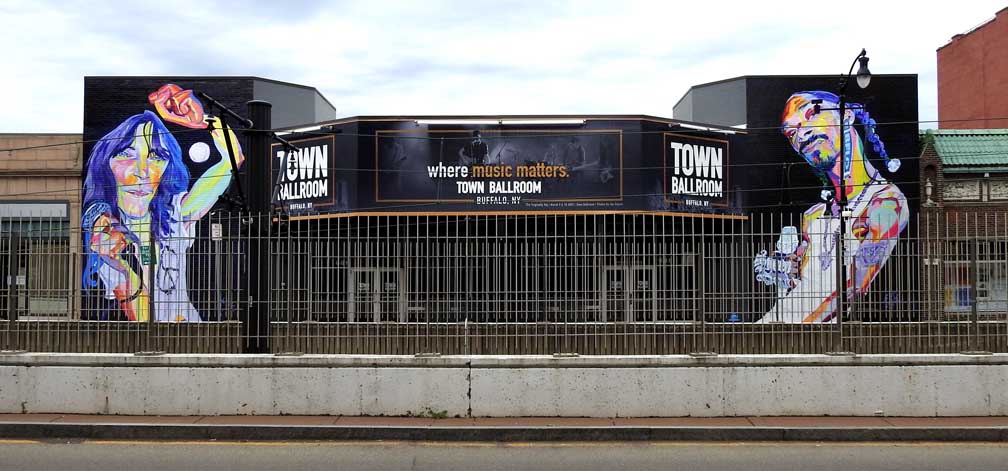
Photo Taken
across the
street
In front of Town Ballroom, on Main Street, The underground Metro
Rail ends
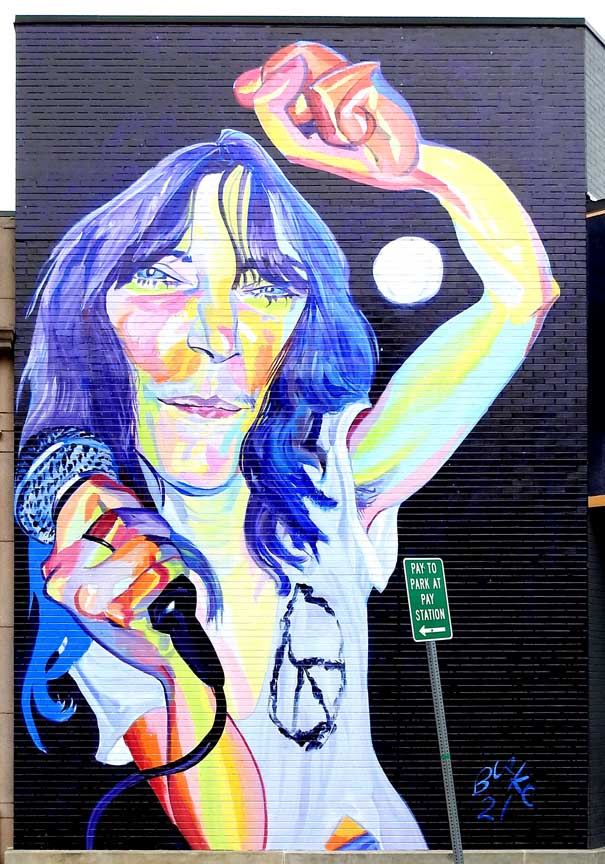
Patti
Smith
Two details below:
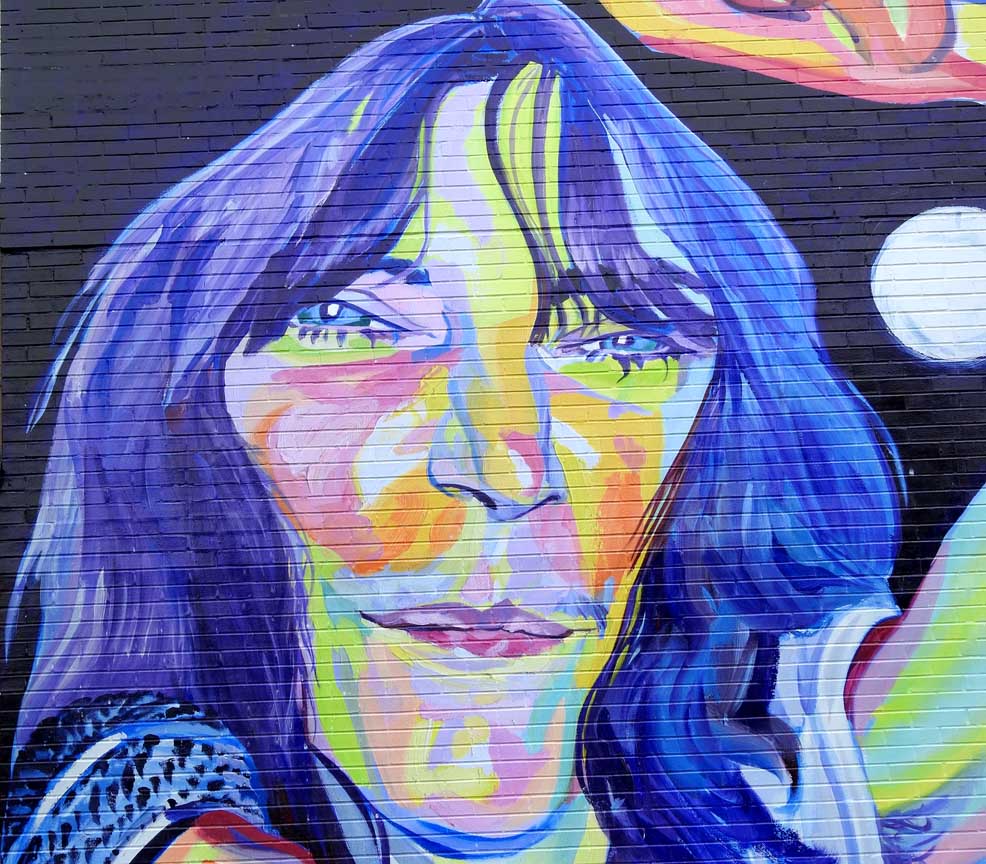
Patti Smith detail

Patti Smith
detail
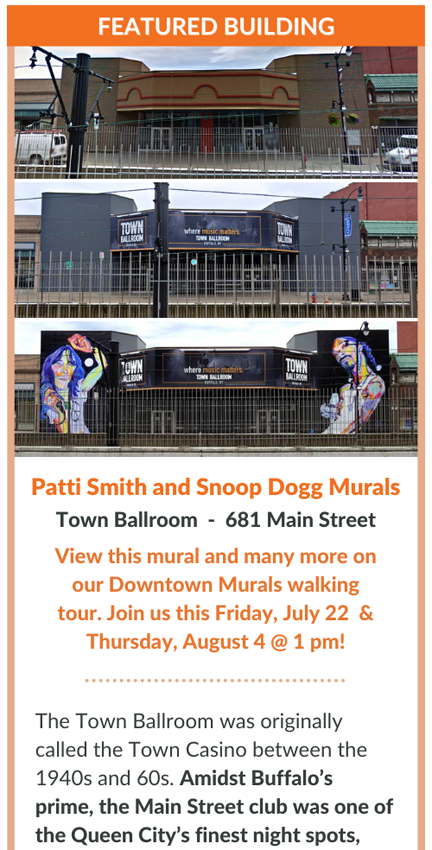 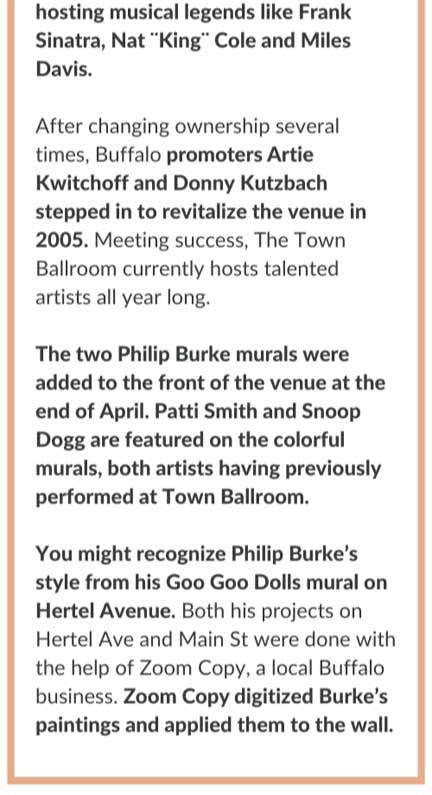
Image
courtesy of Explore
Buffalo
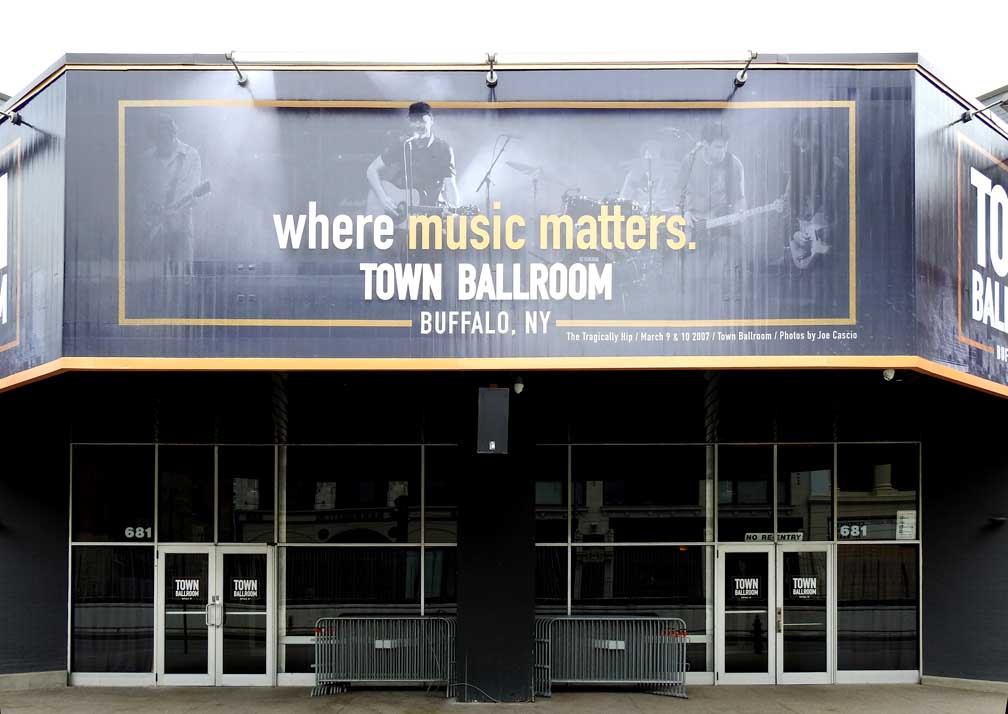
Tragically
Hip
mural
Photo by Joe Cascio
Four details below:
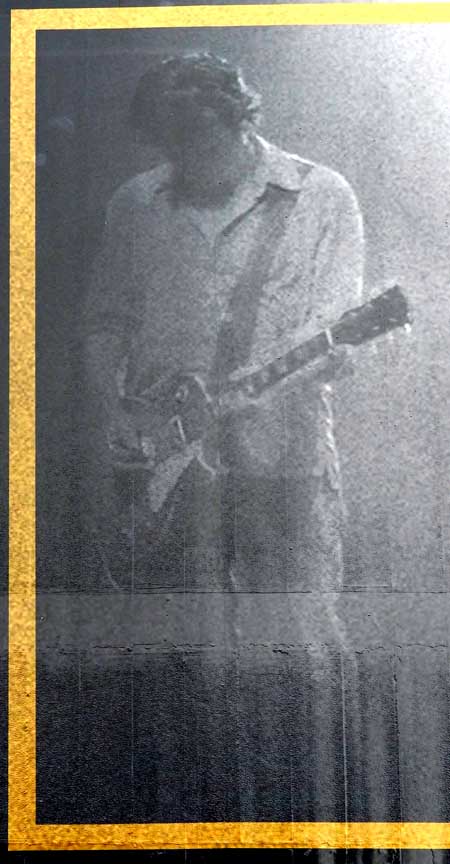
Tragically
Hip mural detail
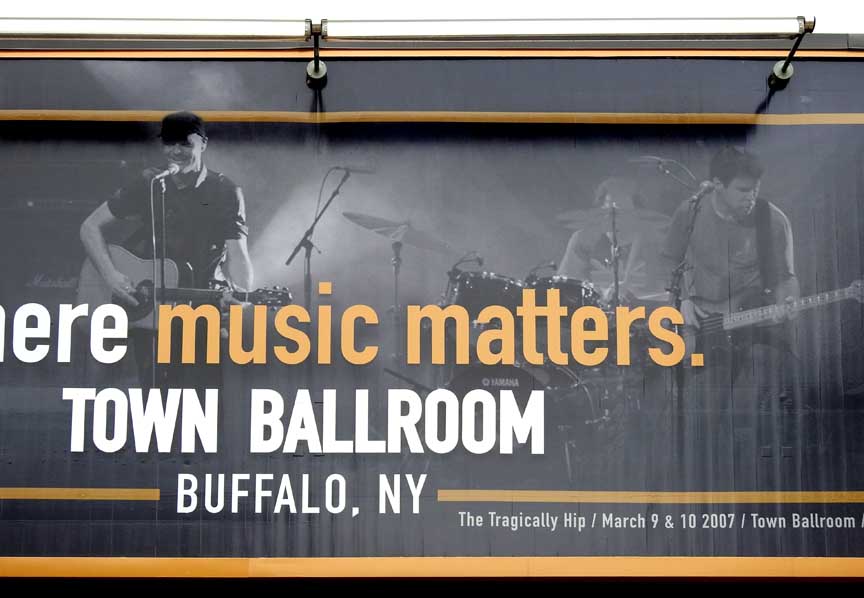
Tragically
Hip mural detail
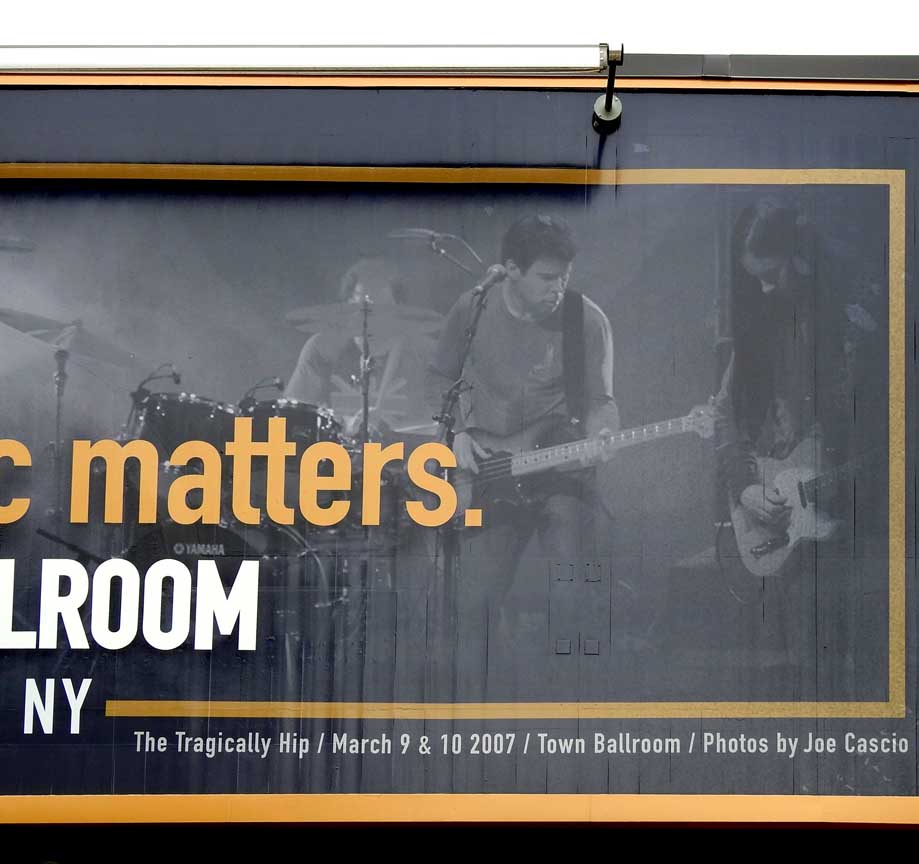
Tragically
Hip mural detail
Tragically
Hip mural detail
Snoop Dog
mural
Four details below:
Snoop Dog
mural detail
Snoop Dog
mural detail Artist
Philip Burke signature
|
May 2019 photos
Optichromie
By
Felipe Pantone
Sponsored by the Albright
Knox Art Gallery
Located at the back of the building on Washinton
St.
=
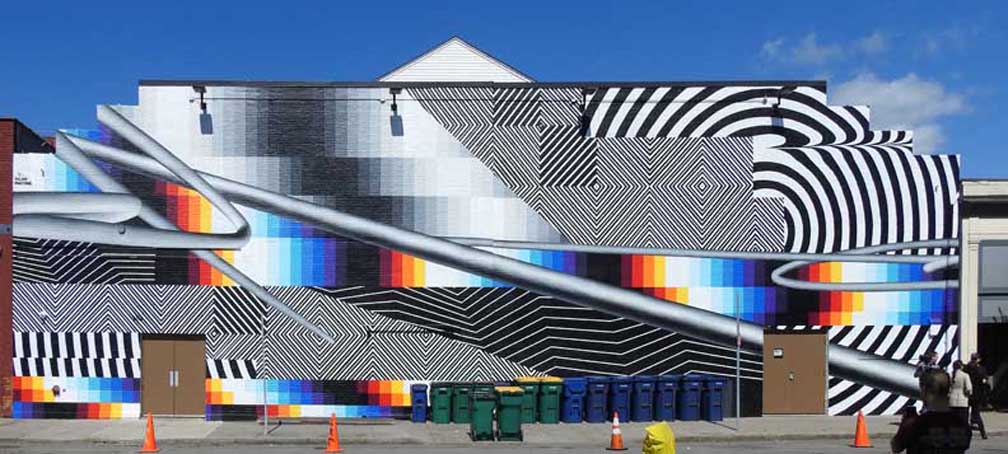
Details, from left to right, below:
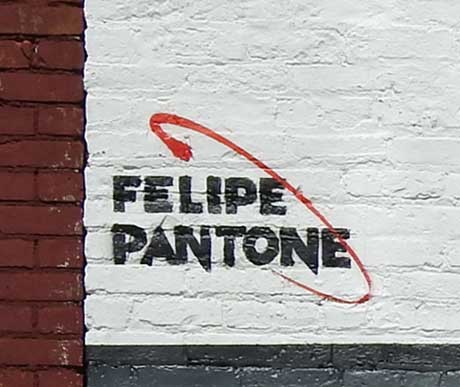
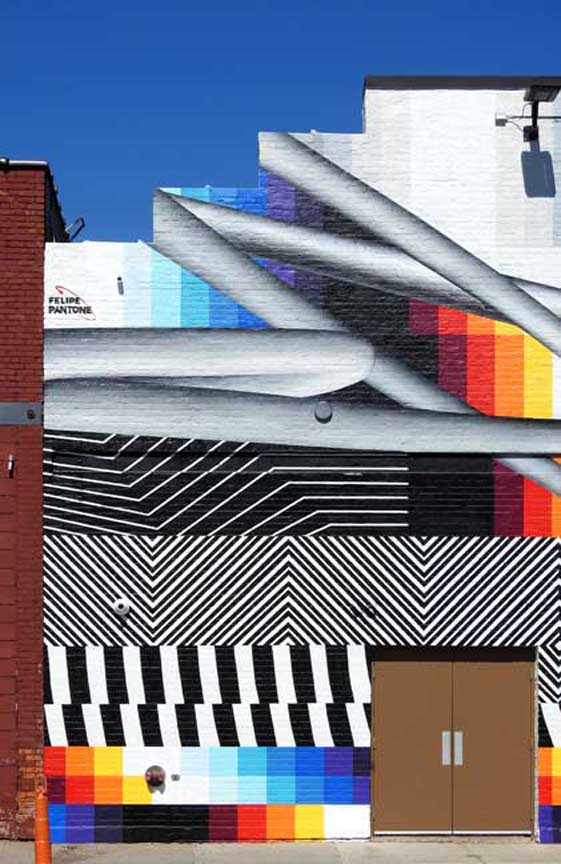
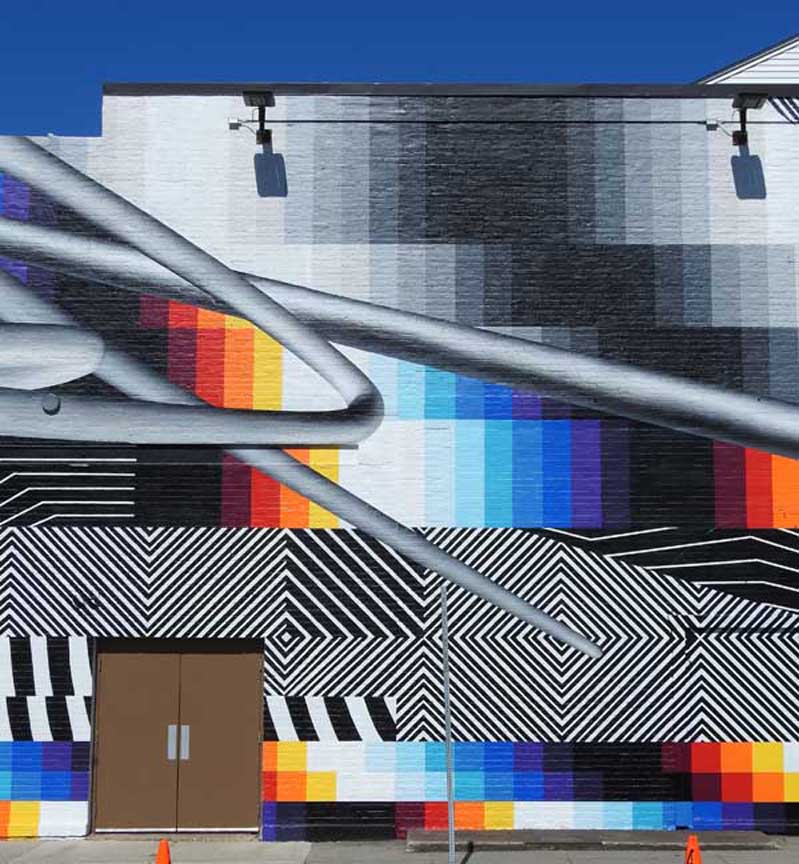
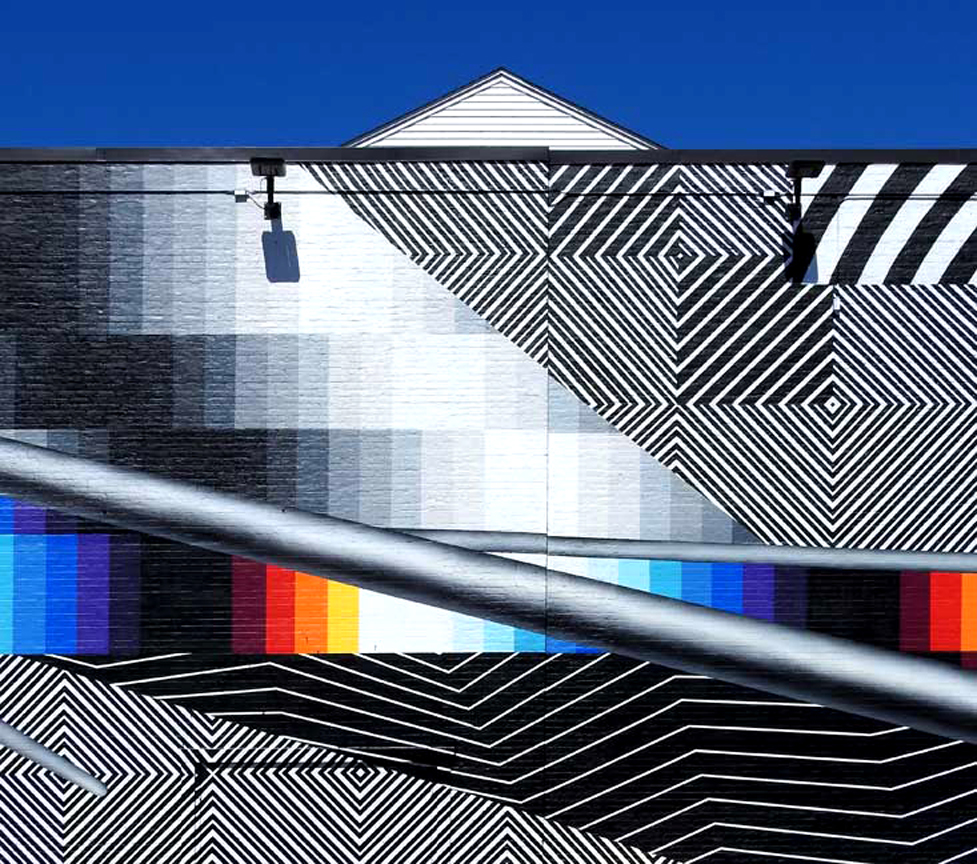
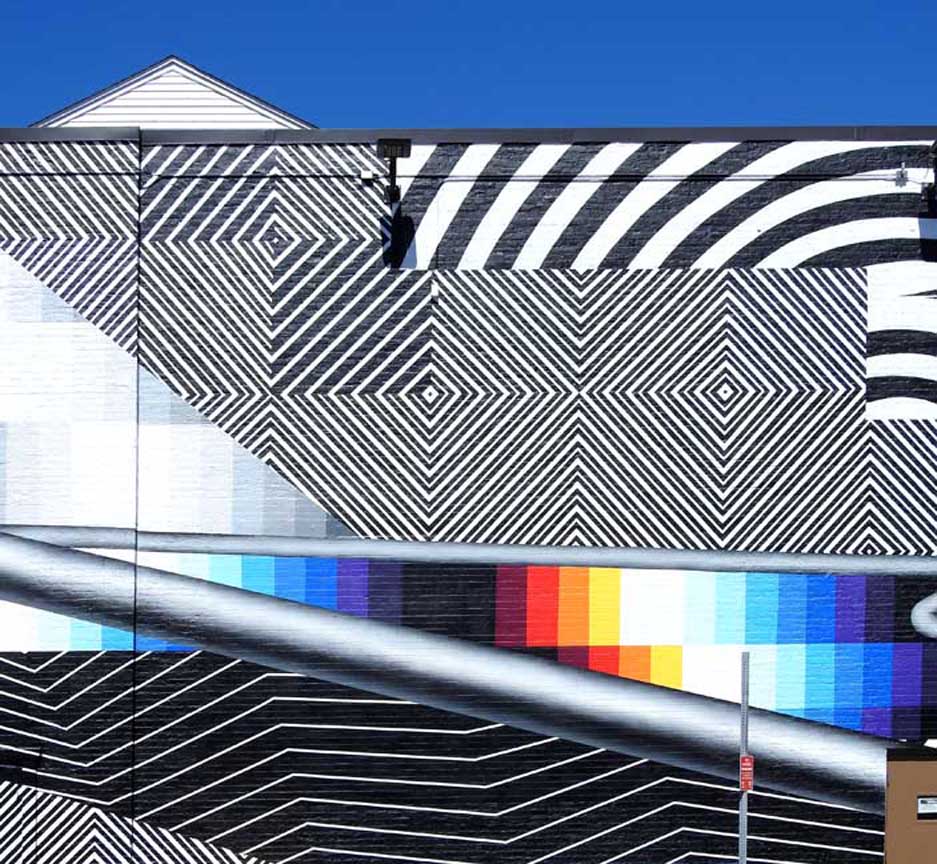
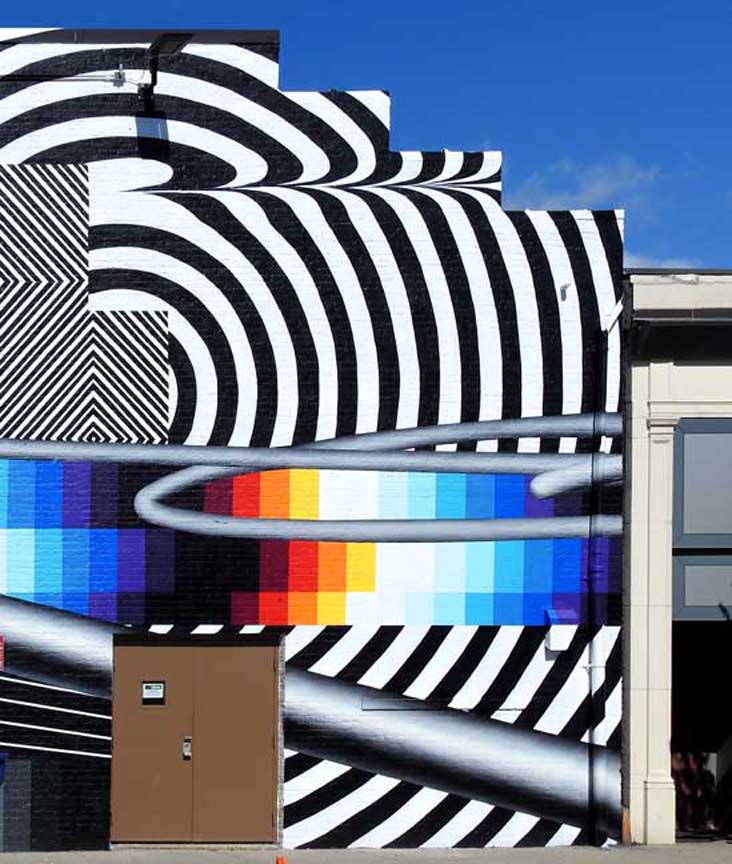
|
|
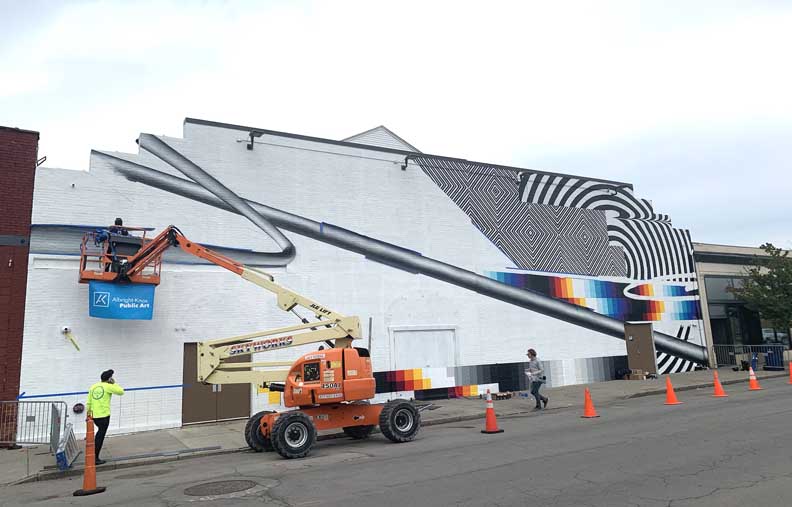
But all of that is about to change.
The mural, part of the Albright-Knox
Art
Gallery’s Public Art Initiative, is the first to get
underway in 2019. Felipe Pantone (Argentinian-Spanish – born
Argentina, 1986) is the artist. Pantone has a Fine Art degree
(Valencia, Spain) – his works revolve around dynamism,
transformation, omnipresence, and themes related to the present
times, according the Albright-Knox.
Visible in his art is the embattlement of analog past and a
digitized future, where the two collide and intermesh with one
another. The collision brought about by machine and man brings
about spectacles that broadcast “a prism of neon gradients,
geometric shapes, optical patterns, and jagged grids.”
“Color only happens because of light, and light is the only reason
why life happens,” Pantone says. “Light and color are the very
essence of visual art. Thanks to television, computers, and modern
lighting, our perception of light and color has changed
completely.”
In the future, instead of musicians loading into the Town Ballroom
through an uninspiring back entranceway, they will now be greeted
with a far out work of art, thanks to the bold public art vision
of The AK.
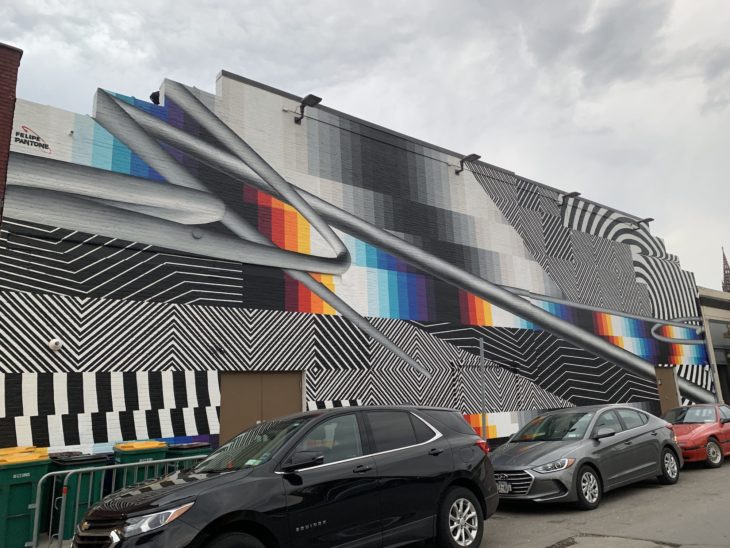
|
Felipe Pantone worked with Albright-Knox
Gallery's
Public Art Initiative for his newest work, "Optichromie,"
at
the Town Ballroom in Buffalo, New York, and the façade of
the legendary concert venue is covered with the artist's signature
fusion. Black-and-white patterns, bold prismatic forms and
oversized fluorescent pixels, provide the familiar elements
that serve as a set of endlessly reconfigurable building blocks
that form the basis of his murals, sculptures, and paintings.
While this approach to art-making speaks to the endless cycle of
duplication and the transformative characteristics of digital art
and culture, Pantone takes a long view of technological progress.
He views the computer-modeling programs, which he uses to
develop his designs, as part of a larger continuum of image-making
innovations that, alongside the pencil and oil-painting, comprise
his studio practices and street art creations. From this vantage
point, the artist is an optimist who positively views a digital
future that could potentially make the world a more dynamic and
connected place.
When he was twelve-years-old, Pantone began illicitly painting on
the streets in his hometown of Valencia, Spain. After
experimenting with numerous graffiti styles as a teenager
and young adult, he found himself drawn to the 'Op and
Kinetic' art of the 1960s. Pantone was especially inspired
by the work of Carlos Cruz-Diez, Julio Le Parc, Luis Tomasello,
and Victor Vasarely. Although he generally creates his work in a
dedicated studio space, Pantone continues finding himself
fascinated by the unique energy of the street and the challenge of
working in public.
The Albright-Knox's Public Art Initiative aims to enhance
a shared sense of place and cultural identity in the urban and
suburban landscapes of Western New York. The goal of the
Initiative is to create spaces of dialogue where diverse
communities can socially engage, actively respond, and
cooperatively produce great public art that is capable of
empowering individuals, creating strongefrlipe pantone artist
r neighborhoods, and establishing Western New York as a critical
cultural center.
The AK Public Art Initiative engages the diversity of the region's
artistic energies by integrating a wide range of artwork into
accessible spaces that allow for public interaction with local
artists, who work in varied forms of media, from traditional to
forward-thinking interactions, sculpture to performance, and the
permanent to the ephemeral.
|














